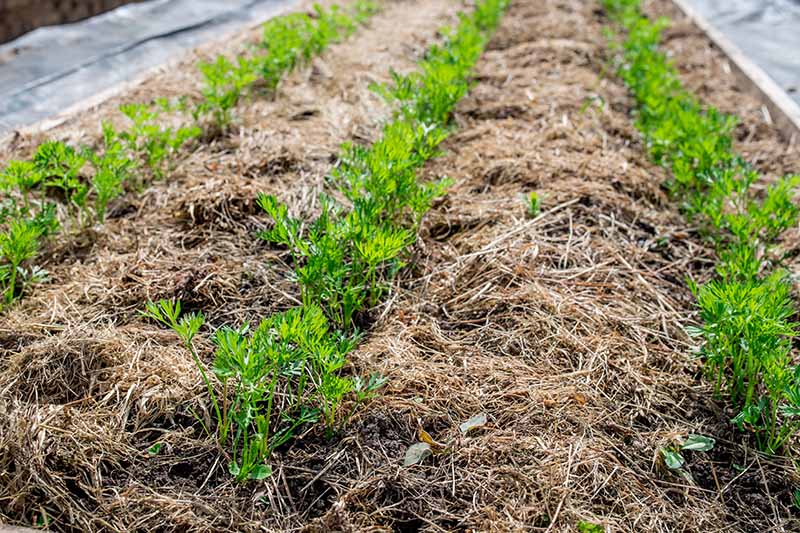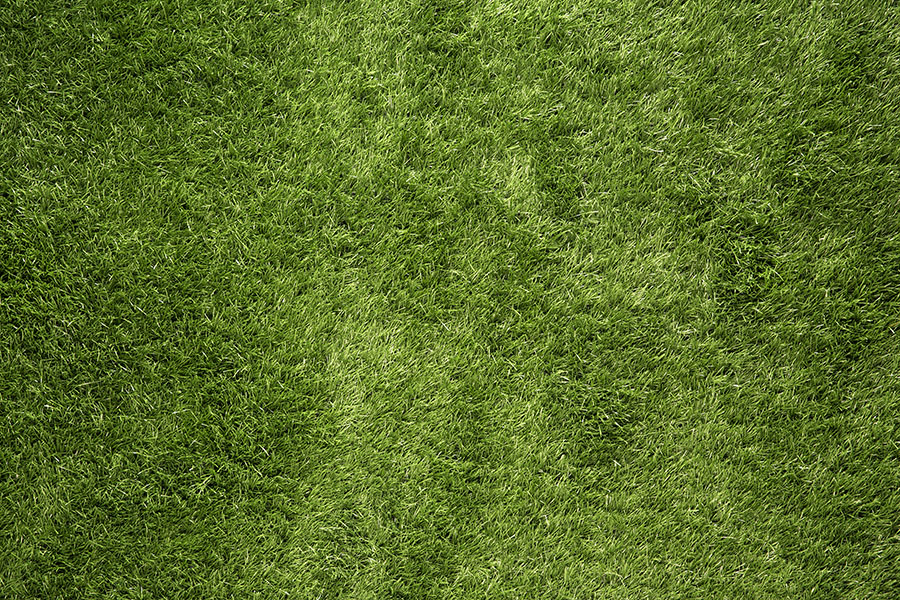Grass Mulch: The Secret To A Healthy Weedfree Lawn
Grass Mulch: The Secret to a Healthy WeedFree Lawn
Do you dream of having a lush, green lawn that's free of weeds? If so, you're not alone. Many homeowners are looking for ways to improve the appearance of their lawns without resorting to chemicals.
One natural way to achieve a weed-free lawn is to use grass mulch. Grass mulch is made from the clippings of your lawn mower, and it has a number of benefits that can help you achieve your dream lawn.
In this blog post, we'll discuss the benefits of grass mulch and how to use it to create a healthy, weed-free lawn.
Benefits of Grass Mulch
There are many benefits to using grass mulch on your lawn. Here are just a few:
- Reduces weeds. Grass mulch helps to suppress the growth of weeds by blocking out sunlight. Weeds need sunlight to germinate and grow, so by covering your soil with grass mulch, you're making it difficult for them to get the light they need.
- Retains moisture. Grass mulch helps to keep the soil moist, which is important for healthy grass growth. Mulch also helps to prevent the soil from drying out too quickly during hot, dry weather.
- Improves drainage. Grass mulch helps to improve drainage by breaking up the soil and creating air pockets. This allows water to drain more easily, which can help to prevent waterlogging and root rot.
- Attracts beneficial insects. Grass mulch provides a habitat for beneficial insects, such as earthworms and ladybugs. These insects help to keep your lawn healthy by aerating the soil, controlling pests, and pollinating plants.
- Adds nutrients. Grass mulch slowly decomposes over time, adding nutrients to the soil. This helps to keep your lawn healthy and vibrant.
How to Use Grass Mulch
Using grass mulch is a simple and effective way to improve your lawn. Here are the steps on how to use it:
- Mow your lawn as usual.
- Collect the grass clippings in a bag or wheelbarrow.
- Spread the grass clippings evenly over your lawn.
- Rake the grass clippings into place.
- Water the grass clippings well.
That's it! You've now successfully applied grass mulch to your lawn.
Tips for Using Grass Mulch
Here are a few tips for using grass mulch:
- Use fresh grass clippings. Grass clippings that have been sitting out for a long time will decompose more slowly and may not be as effective at suppressing weeds.
- Apply a thick layer of mulch. The thickness of the mulch layer will depend on the type of grass you have. In general, a layer of 2-3 inches is sufficient.
- Rake the mulch into place. This will help to distribute the mulch evenly and prevent it from blowing away.
- Water the mulch well. This will help to settle the mulch and encourage decomposition.
Conclusion
Grass mulch is a natural and effective way to improve your lawn. It can help to reduce weeds, retain moisture, improve drainage, attract beneficial insects, and add nutrients to the soil. If you're looking for a way to improve the appearance of your lawn without resorting to chemicals, grass mulch is a great option.
Are you looking for a way to improve the health and appearance of your lawn? If so, you may want to consider using grass mulch. Grass mulch is a natural, organic material that can help to retain moisture, suppress weeds, and improve soil aeration. It is also a great way to add a touch of beauty to your landscape.
If you are interested in learning more about grass mulch, I recommend visiting Garden Wiki. This website provides a wealth of information about the benefits of grass mulch, as well as tips on how to use it effectively.
FAQ of grass mulch
1. What is grass mulch?
Grass mulch is a layer of grass clippings that is spread on top of the soil around plants. It helps to suppress weeds, retain moisture, and improve the health of the soil.
2. What are the benefits of using grass mulch?
There are many benefits to using grass mulch, including:
- Suppresses weeds: Grass mulch helps to suppress weeds by blocking out sunlight and preventing them from germinating.
- Retains moisture: Grass mulch helps to retain moisture in the soil, which can help plants to thrive during dry periods.
- Improves soil health: Grass mulch helps to improve the health of the soil by breaking down and adding organic matter. This can help to improve drainage, aeration, and nutrient retention.
- Reduces erosion: Grass mulch can help to reduce erosion by holding the soil in place. This is especially important in areas that are prone to wind or water erosion.
3. How do I make grass mulch?
To make grass mulch, simply collect your grass clippings after mowing your lawn. You can then spread them around your plants in a layer that is 2-3 inches thick.
4. When should I apply grass mulch?
The best time to apply grass mulch is in the spring or fall, when the weather is mild. You can also apply it in the summer, but be sure to water it regularly to help it break down.
5. How often should I reapply grass mulch?
You will need to reapply grass mulch every few months, or as needed. The frequency of reapplication will depend on the amount of rainfall and the type of grass you have.
Image of grass mulch
- Image 1: A close-up of a bed of grass mulch with a few flowers peeking out. The mulch is a light brown color and is made up of small pieces of bark.

- Image 2: A wider shot of a garden bed with grass mulch. The mulch is spread evenly around the plants and helps to keep the soil moist.

- Image 3: A pile of grass mulch in a garden center. The mulch is a variety of colors, including brown, black, and red.

- Image 4: A lawn with grass mulch around the edges. The mulch helps to keep the grass from growing into the flower beds.

- Image 5: A tree with grass mulch around the base. The mulch helps to keep the soil moist and prevents weeds from growing.

Post a Comment for "Grass Mulch: The Secret To A Healthy Weedfree Lawn"